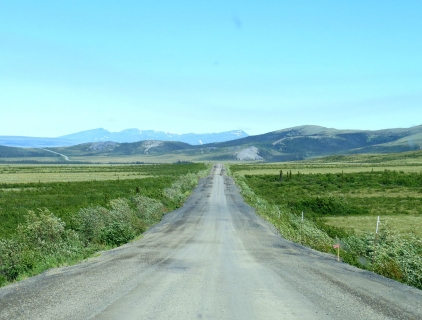Shelburne Rainfall & Precipitation: Monthly Averages and Year-Round Insights
This page shows the average amount of rainfall per month in Shelburne. The numbers are calculated over a 30-year period to provide a reliable average. Now, let’s break down all the details for a clearer picture.
Shelburne experiences significant rain/snowfall throughout the year, averaging 1362 mm of precipitation annually.
Monthly Precipitation Levels
The average number of days each month with precipitation (> 0.2 mm)
December, the wettest month, has a maximum daytime temperature of 6°C. During the driest month August you can expect a temperature of 25°C. For more detailed insights into the city’s temperatures, visit our Shelburne Temperature page.
Annual Precipitation in Canada
The map below shows the annual precipitation across Canada. You can also select the different months in case you are interested in a specific month.
 heavy rainfall
heavy rainfall
 high
high
 moderate
moderate
 low
low
 almost none
almost none
Amsterdam Precipitation Compared World Wide
Shelburne’s average annual precipitation is 1362 mm. Let’s compare this to some popular worldwide tourist destinations:The city of Rome, Italy, has an average annual precipitation of 832 mm, spread fairly evenly throughout the year.
In Shanghai, China, the annual average precipitation is 1347 mm, with a humid subtropical climate.
In Tokyo, Japan, the average annual precipitation is 1528 mm, with significant summer rains due to typhoon season.
Kuala Lumpur, Malaysia, receives 2529 mm of annual rainfall, characteristic of its equatorial tropical rainforest climate, with consistent rainfall throughout the year and peak months during March and November.
How is Precipitation Measured?
Precipitation amounts are measured using specific gauges installed at weather stations, collecting both rain and snow and any other type of precipitation. Rainfall is measured directly in millimeters, while that from snow and ice is obtained by melting it. Automated systems often incorporate heaters to make this easier.
Information from these stations is transmitted via Wi-Fi, satellite, GPS, or telephone connections to central monitoring networks. This information is immediately updated and integrated into weather models and forecasts.
How Does Precipitation Affect Local Climate?
Precipitation has a very strong role in determining the local climate and ecosystem:
- Rainy Seasons: Many parts of the world have well-defined wet seasons where precipitation is distinctly higher. These are normally accompanied by lush vegetation and temperature patterns.
- Dry Seasons: In areas where the climate is either desert or Mediterranean, the amount of precipitation is drastically reduced, leading to a shortage of water and arid conditions.
For more detailed information about Shelburne’s weather, including sunshine hours, humidity levels, and temperature data, visit our Shelburne Climate page.
Current rainfall in Shelburne
broken clouds and no rain
overcast and no rain
overcast and no rain




